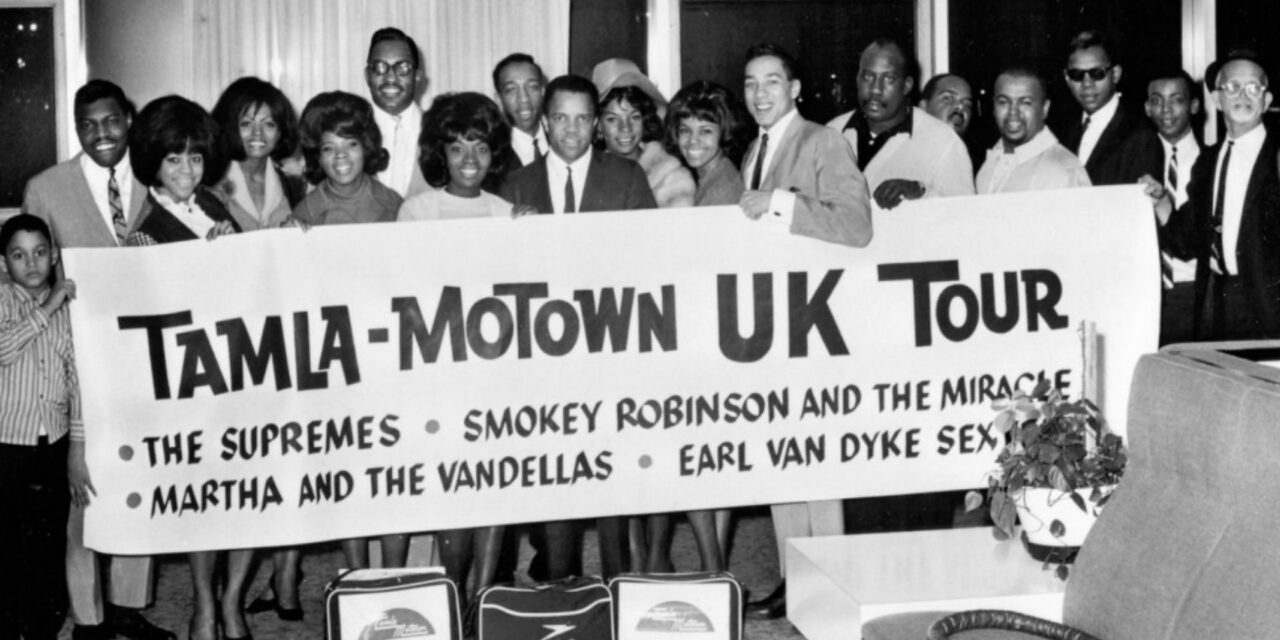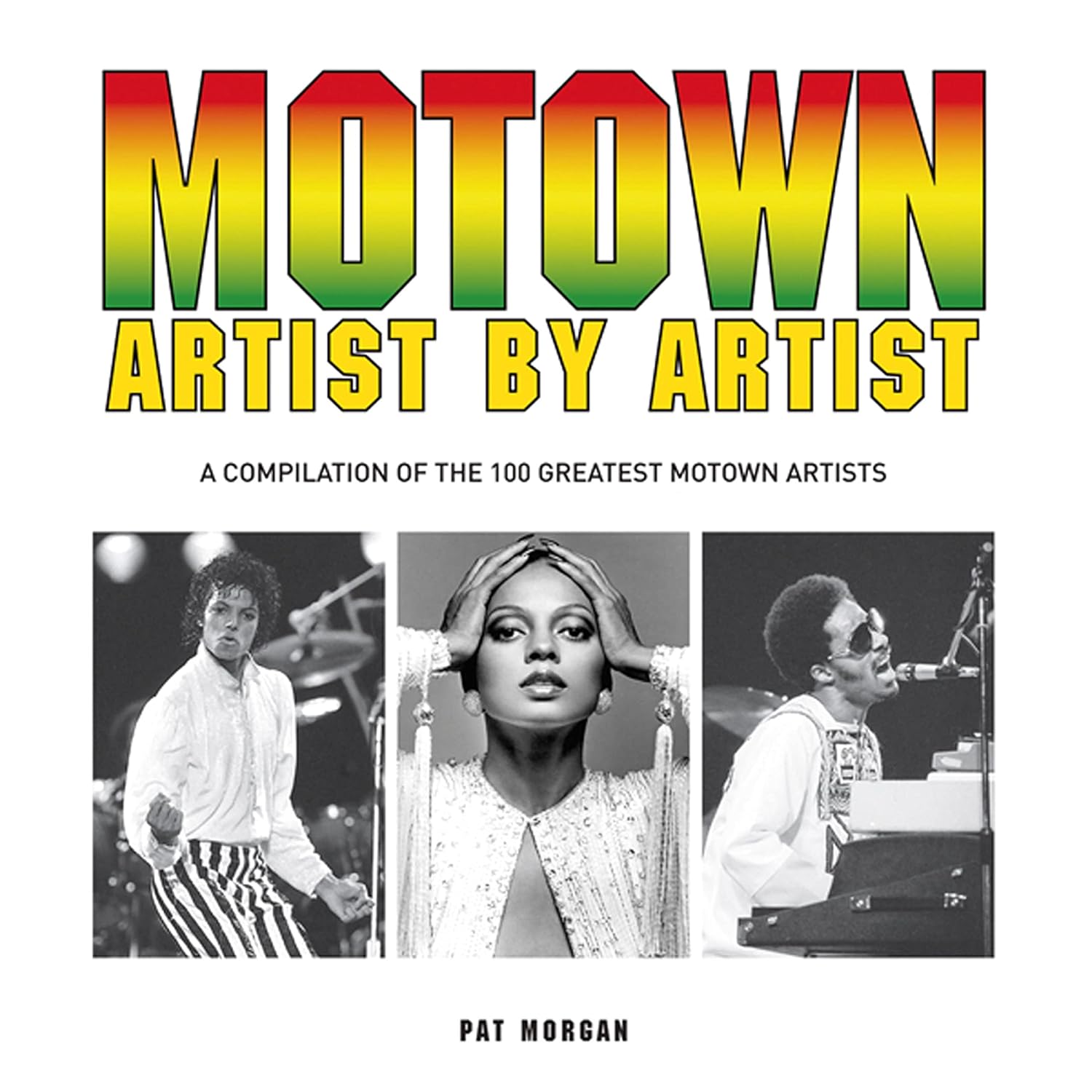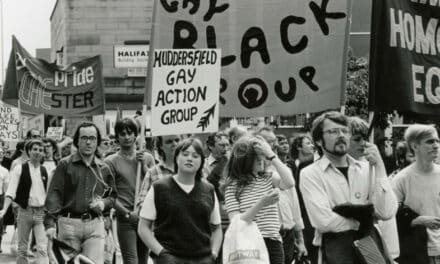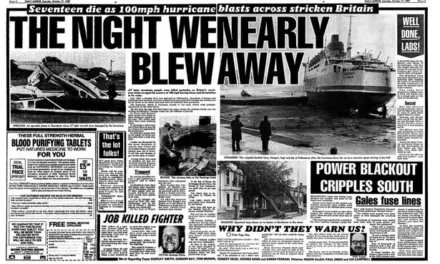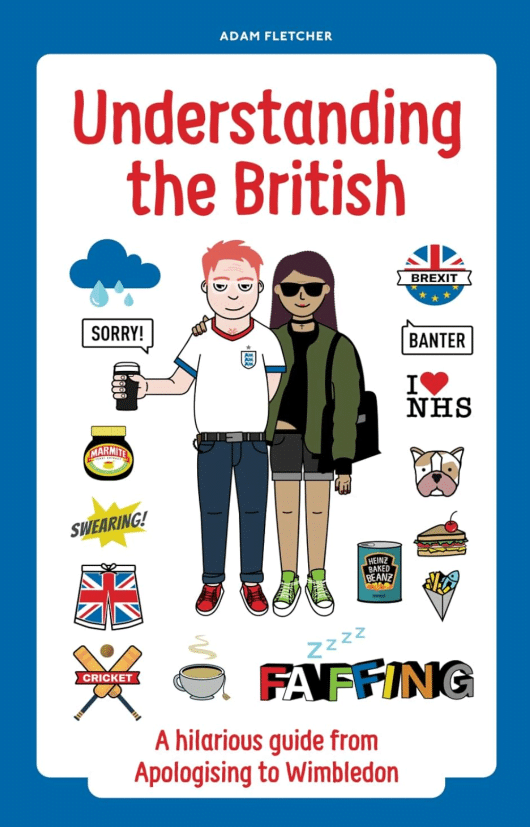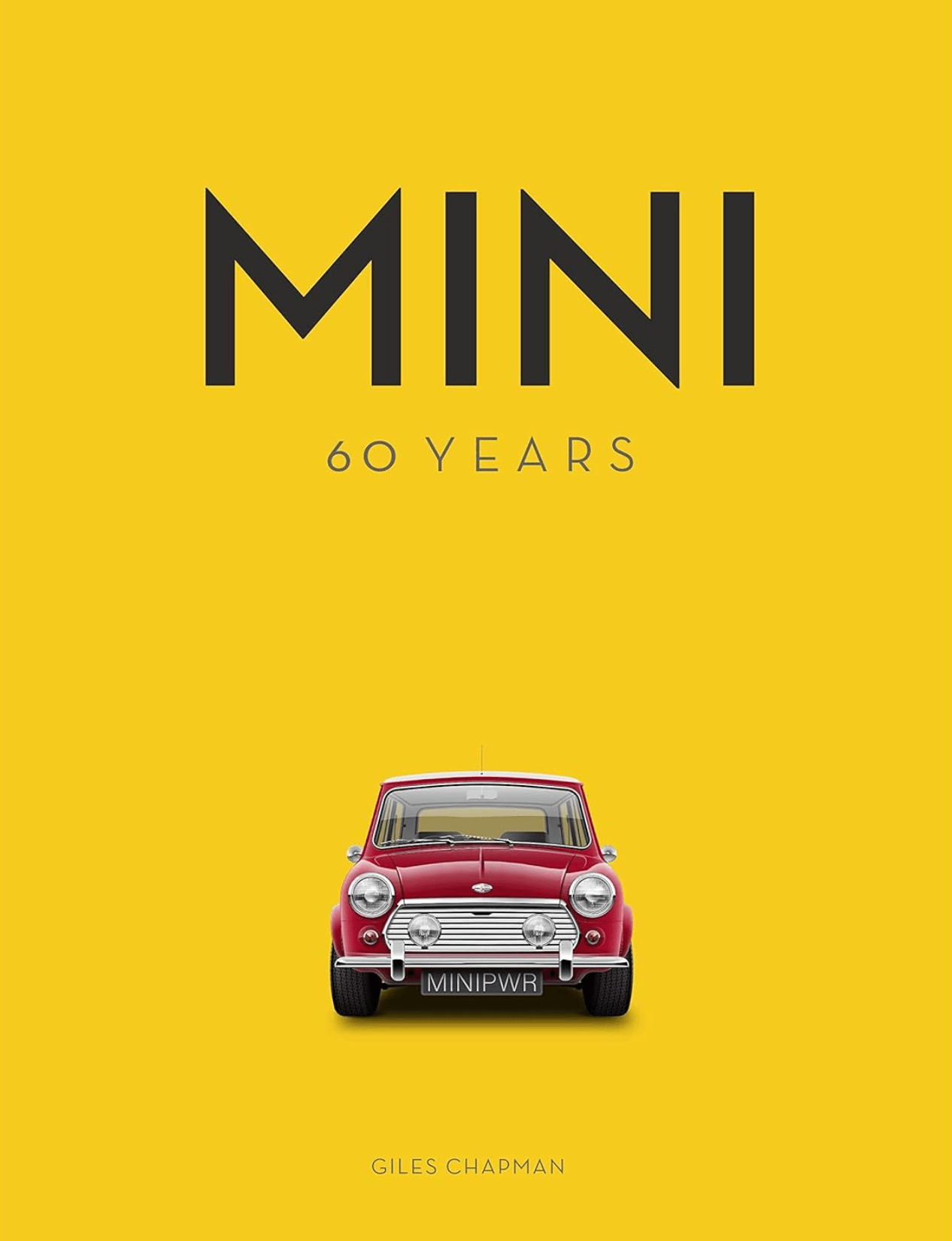The sixties were a seminal period of cultural upheaval that reshaped societies across the globe. Nowhere was this more apparent than in Britain, where the seismic shifts of the era manifested through evolving music tastes, fashion, and sensibilities of the youth. While the Beatles may have dominated the charts, there was another musical force brewing across the pond that profoundly impacted British pop culture – the irresistible soulful sound of Motown.
Through its infectious melodies and suave style, Motown didn’t just provide the soundtrack to the sixties; it captured the spirit of a transforming nation. The arrival of this fresh, funky phenomenon triggered a Motown frenzy, as British youth eagerly embraced the label’s artists and aesthetics. Soon, the Motown vibe had permeated the cultural landscape, its influence evident in everything from dance moves to dress codes.
For a nation accustomed to more demure homegrown acts, the raw, lively energy of Motown was nothing short of revolutionary. As Motown crossed over from underground niche to widespread mainstream mania, Britain was introduced to a bold new musical ethos that resonated with the radical changes underway. To comprehend Motown’s monumental cultural impact, one must first understand the era that allowed this American import to take Britain by storm.

Swinging London: The Backdrop for Motown’s British Invasion
The sixties marked a critical juncture between the restraint of post-war Britain and the emergence of a bright, technicolour world unhindered by the sterile conventions of the past. As austerity faded into memory, and prosperity bred optimism, the youth led a cultural revolt against the establishment ethos. The stuffy suits, hats and gloves that dominated their parents’ wardrobes were discarded for hippie garb, mini skirts and bellbottoms.
This desire for freedom of expression aligned with the rise of youth subcultures, from mods and rockers to hippies, which adopted rebellious fashions and attitudes. The ubiquitous “youth-quake” had arrived, and music emerged as a vehicle through which to articulate this new worldview. Against this backdrop, Swinging London was born – a cultural epicentre awash with colour, vitality and possibility.
While Liverpool may have produced the Fab Four, London fast became the happening hipster hub of Britain. Its flourishing art and fashion scenes established the capital as a cosmopolitan cutting edge metropolis. London incarnated the zeitgeist of the sixties through its soundtrack of homegrown bands, from The Who to The Kinks, trailblazing youth fashion, and its aura of change and modernity.
Yet, as much as London embodied Britain’s new progressive identity, it was also entranced by the exotic sounds arriving from foreign shores. This fascination coincided with an explosion in music consumption and the rise of pirate radio stations, which introduced niche genres to the masses.
Into this world of possibility and discovery stepped Motown – a refreshing rarity that enraptured British youth thanks to its raw authenticity. Whereas the catchy melodies of Britpop bands like Herman’s Hermits evoked sugar-sweet innocence, Motown spoke to young adults with its maturity and complexity. In this era of newfound freedom, Motown was music for revelling, not merely reverie.
2019 marks the 60th year of MOTOWN, widely regarded as the greatest, most successful and best-loved record label in music and to commemorate this landmark anniversary Motown will be issuing a brand new Greatest Hits compilation featuring 60 tracks from across their enormously influential and remarkable history.
The 3CD version of the album features legendary Motown artists including The Supremes, Marvin Gaye, Temptations, Four Tops, Stevie Wonder, Diana Ross, The Jackson 5 and Lionel Richie.
From Detroit to Britain: How Motown Captured the Nation
When Motown erupted onto the British scene in 1965, it was greeted with unbridled enthusiasm by Mods, music lovers and luminaries like The Rolling Stones alike. But how did this small independent label from Detroit make such an outsized impact across the pond? Motown’s British success arose from a perfect storm of cultural conditions and strategic manoeuvres by founder Berry Gordy.
Having honed his skills working on the Detroit assembly line, Gordy modelled Motown like a musical factory. His artists were groomed for stardom through etiquette training, dance lessons and charm school. Gordy assembled a stellar team of writers, producers and musicians to create the signature Motown sound – a sophisticated blend of pop, soul and R&B.
This formulaic approach enabled Motown to generate hit after toe-tapping hit. But it was the dazzling diversity of its talent roster that captivated British audiences. Groups like The Supremes, The Temptations and The Four Tops each had their own distinctive flair and showmanship that resonated with UK fans.
Whereas Britain’s homegrown pop stars tended to maintain a composed, understated image, Motown performers oozed charisma and confidence. Their electrifying stage presence and dance moves made UK bands seem tame and lethargic by comparison.
This high wattage energy was amplified by Motown’s shrewd tactics for breaking into the British market. Performing on landmark music shows like Ready Steady Go! provided invaluable exposure. Conquering the charts with smash hits like Dancing in the Street and I Can’t Help Myself (Sugar Pie Honey Bunch) fuelled Motown mania nationwide.
Soon, Motown stars were touring Britain, whipping crowds into a frenzy with their spirited sounds and selves. For British youth yearning for liberation, groups like The Supremes and The Temptations embodied everything the sixties stood for – soul, style and spirit.

Dancing in the Streets: How Motown Moved Britain
While The Beatles may have caused Beatlemania, Motown prompted a musical madness of its own in Britain. Its vivacious energy was irresistible to youth bursting for new forms of expression after years of post-war restraint. Suddenly, the nation was coming together through a unifying love of Motown music.
Nowhere was Motown’s impact more visible than on the dance floors of Britain’s nightclubs. Venues like Manchester’s Twisted Wheel became havens for mods to gather and lose themselves to the pulsating Motown beat. Staid ballroom dancing was out; un-contained twisting, shouting and shaking were in.
Motown introduced British youth to new dances like The Mashed Potato and The Monkey, which channelled its infectious energy. For young adults, it was a liberating license to move with abandon. Live Motown revue shows that toured Britain, like 1965’s Motortown Revue, showcased frenzied choreography that left crowds in awe.
This marvellous music was not just meant for passive listening – it demanded participation. Martha Reeves reflected, “When our music played, people didn’t sit down, they got up and moved!” Suddenly, young Brits had a vibrant new soundtrack for letting loose and expressing themselves.
Presley and Little Richard may have set British hips swaying in the fifties, but Motown took dance to dizzying new heights. Its uptempo beats and hook-laden melodies made dancing unavoidable. And so bands like The Temptations, with their athletic dance moves, became the poster boys of this new musical movement.
Their footwork was mimicked in bedrooms, at house parties and clubs across Britain, as Motown-inspired shuffles and spins became components of the nation’s new dance lexicon. Through the physicality of dance, Motown helped liberate British bodies and spirits for a brighter tomorrow.
In 1959 Berry Gordy Jr., a high school dropout, former boxer and record store owner, founded the Motown record label in Detroit. The company name, which played on the city's proud tradition of car manufacture, was to become synonymous with great music as Gordy took the sound of black America to the world. Starting with Barrett Strong's Money (That's What I Want), Motown racked up hit after hit, becoming familiar to UK audiences under the name of Tamla Motown and launching the careers of megastars like Diana Ross and The Supremes, The Four Tops, Marvin Gaye, Smokey Robinson, The Temptations and the Jackson 5. The 'Motown Sound' was instantly recognisable and unavoidably infectious.
Dressed to Impress: How Motown Shaped British Style
Beyond its sonic influence, perhaps Motown’s most visible impact was on British fashions. The label’s artists exuded such polished sophistication and class that they became ambassadors for this refined new style. Groups like The Supremes served glamour and elegance seldom seen in Britain’s homegrown pop acts.
Where jeans and t-shirts prevailed in Merseybeat bands, Motown performers donned bespoke suits, slim ties, flowing gowns and dazzling jewellery. Labels like Tamla Motown purposefully dressed their stars in classy couture to make them relatable to adult audiences.
Soon, British youths eagerly emulated the sharp wardrobes and feminine glitz they saw on shows like Ready Steady Go. Many female Motown devotees recall studiously taking notes on The Supremes’ outfits and hairstyles during their TV performances.
Stores like Biba and Way In capitalised on this craze by marketing their own interpretations of the Motown look to the masses. Sequinned dresses, faux fur stoles and monochrome suits flew off the racks. Nightclubs emerged with strict wardrobe requirements inspired by Motown chic.
This demand saw Motown aesthetics permeate mainstream British fashion. Designers like Mary Quant incorporated American tailoring techniques to produce cleaner, more minimalist silhouettes evocative of Motown style. Even the mods traded in some of their bold colours and patterns for streamlined looks in keeping with Motown’s cultured tones.
More than a musical marvel, Motown became a sartorial sensation. Its embodiment of sophistication merged with British flair to create a new fashion ideal – polished yet playful, retro yet revolutionary. Through every sequinned frock and sharp blazer, Motown couture left an indelible mark on the nation’s sense of style.

The Soundtrack to Social Change: Motown’s Cultural Impact
Motown landed in Britain at a turning point between conservatism and shifting social values. Its music echoed the mounting tensions between tradition and progressivism. By giving black artists a platform to spotlight their talents, Motown made diversity visible in an era still marked by racial prejudice.
The immense success of groups like The Temptations and The Supremes in Britain helped erode divide. Their music conveyed the universality of human struggles and joys that transcended colour lines. Integrated bands touring Britain fostered greater inclusivity in the music industry.
Motown also appealed to British youth as an exotic escape from the familiar. It proffered a taste of the sultry American South so many dreamed of. Escapism became entwined with Motown’s rise, as young adults flocked to dances and shows to enter this electrifying world.
As Britain moved through the sixties, the initially underground Motown phenomenon had broken into the mainstream. Its initial associations with the mod subculture gave way to mass appeal across demographic lines. It became the soundtrack to an optimistic new era of possibility.
This relatability arose from Motown’s sophistication. It spoke to youth in a mature musical dialect they were hungry for, touching on complex themes from romance to injustice. This distinguished Motown from the teen pop many Brits had outgrown.
So as Britain transformed culturally, shedding its reticent post-war skin, Motown provided the perfect musical metaphor. Through its candid lyrics, raw emotion and barrier-breaking diversity, Motown gave voice to a changing society.
The Legacy of Motown in Britain
Long after the sixties faded into memory, Motown continued reverberating through British culture. Modern UK soul and R&B artists, from Amy Winehouse to Adele, all pay homage to Motown as a core influence. Scenes like Britain’s Northern Soul movement kept Motown alive through their fanatical passion.
That passion endures today, with Motown’s British legacy evident everywhere. Its DNA can be heard in contemporary hits, seen in persistent fashion trends and felt in dance culture’s continuing embrace of movement as self-expression.
Motown reminds the British of an era where everything seemed possible. Its effervescence and electricity conjure nostalgia for youthful abandon. Yet it remains timeless music that defies generational lines.
For Britain, Motown opened channels to black music and culture that permanently reshaped the nation’s musical landscape. It enabled marginalised voices to be heard and brought joy on a grand scale.
So with its irresistible tunes and transcendent themes, Motown didn’t just provide the soundtrack to the sixties – it sang of promise, captured a transformational turning point and made Britain twist and shout with hope. Even today, it sings of brighter days ahead.

